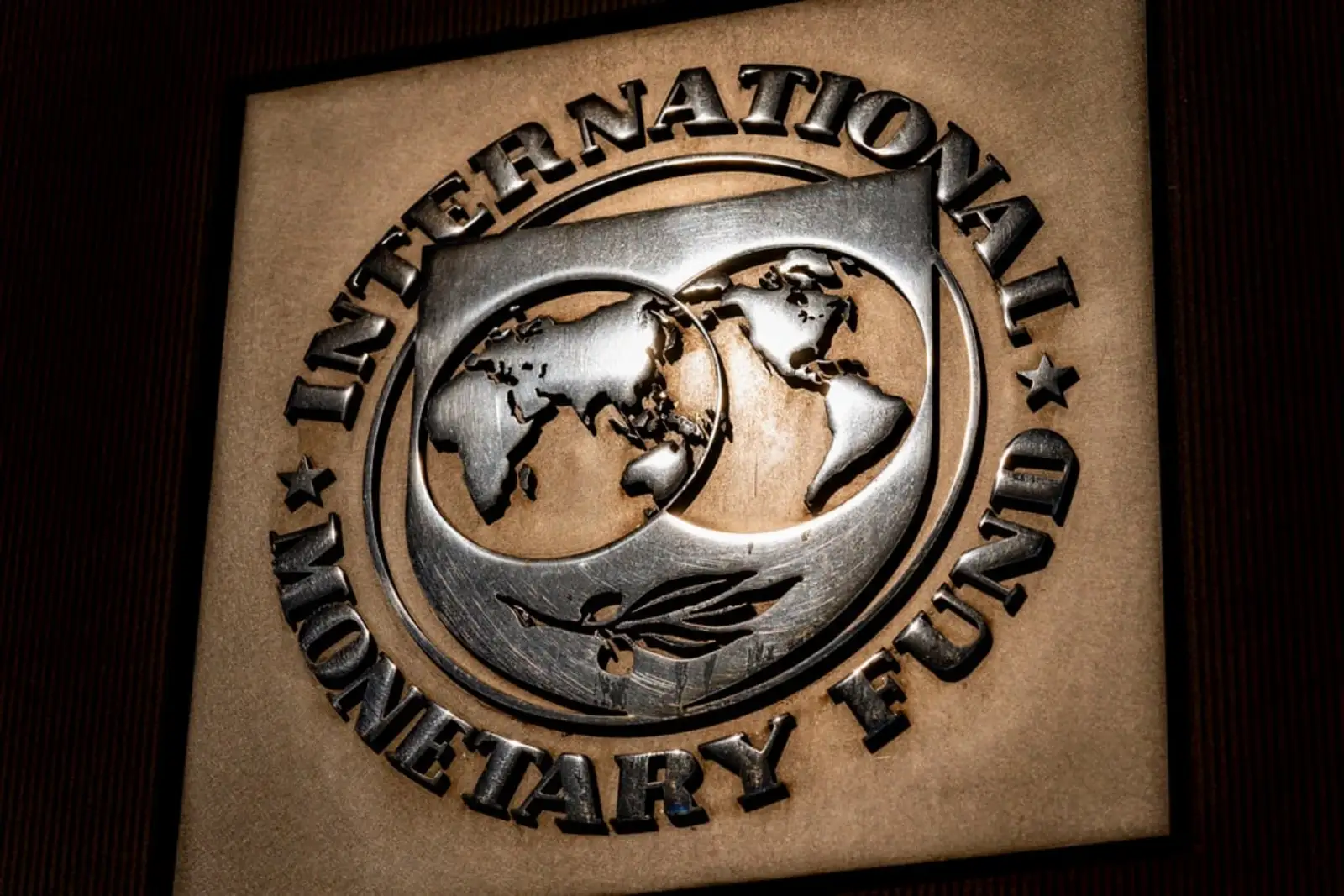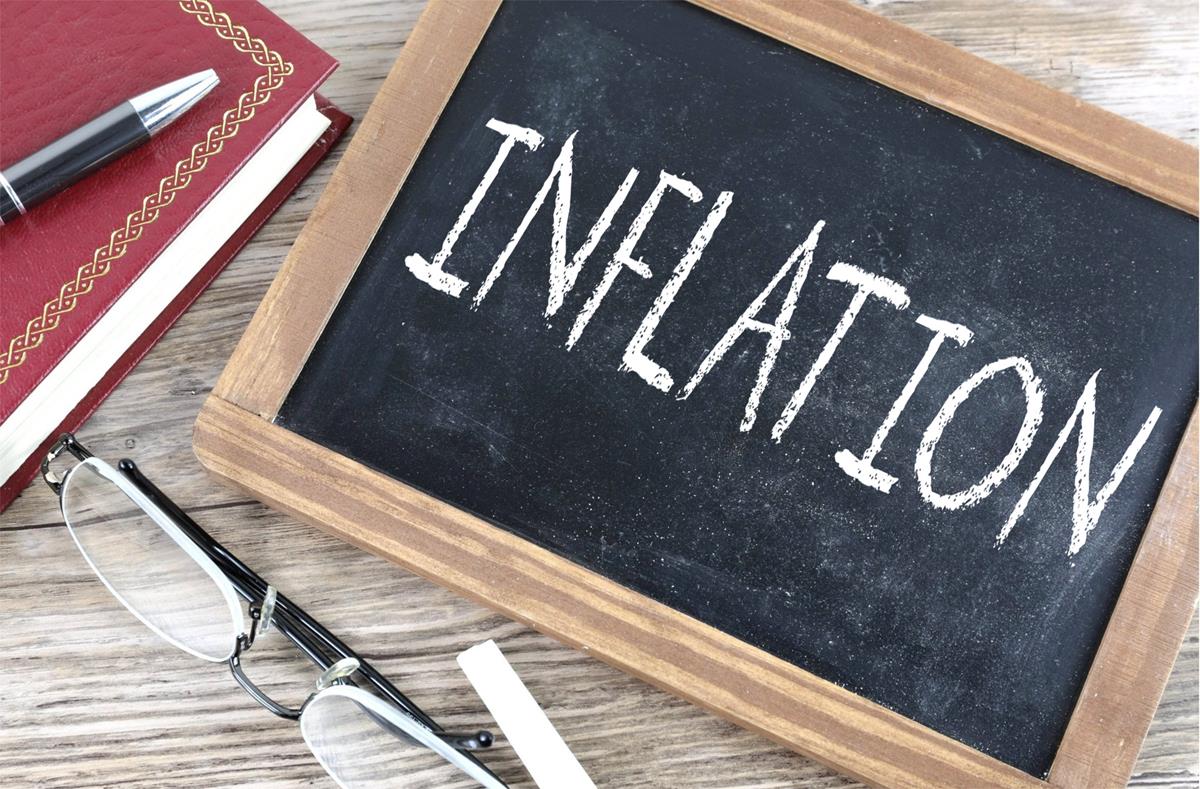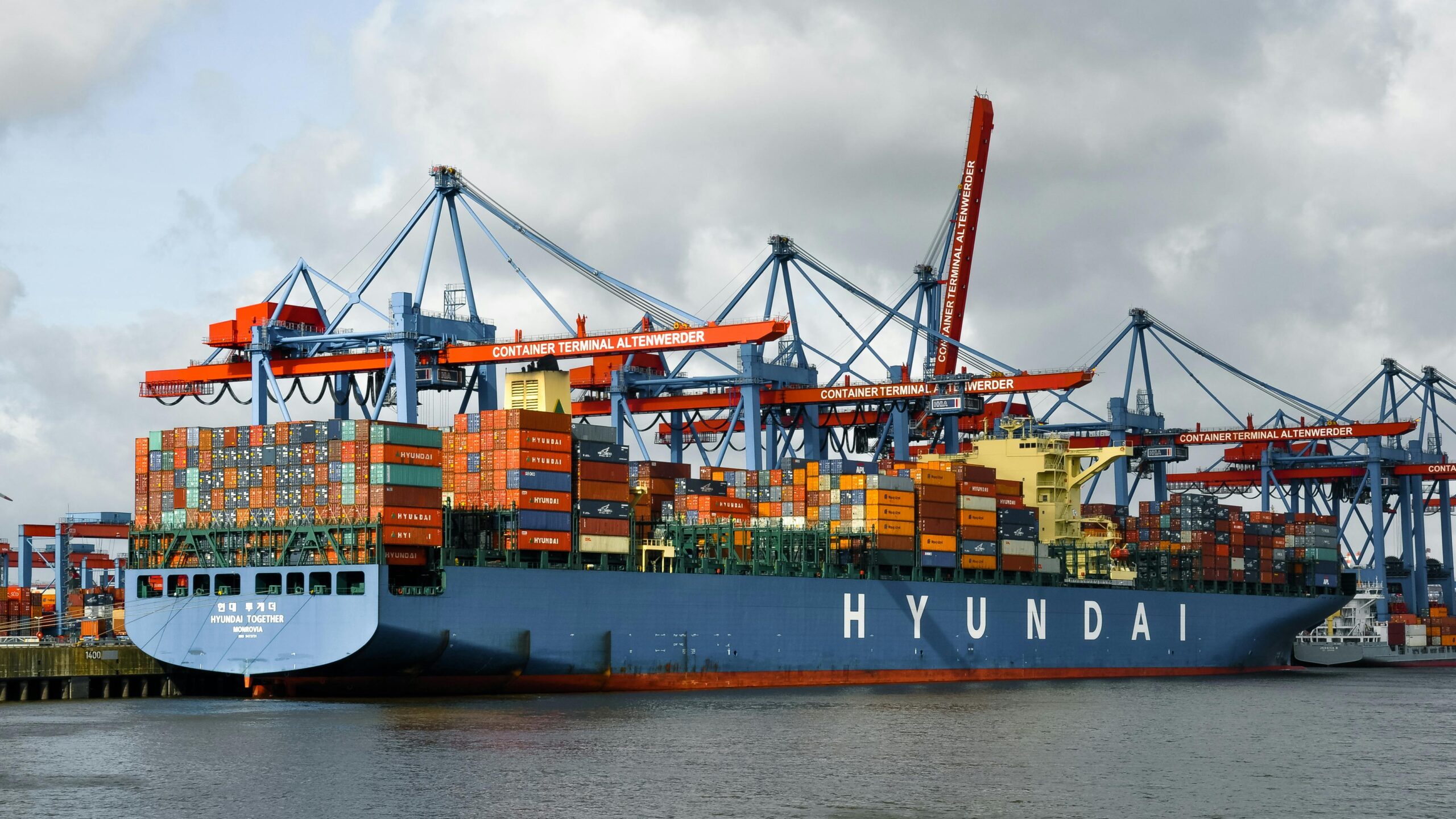In a world already walking a tightrope of geopolitical tensions and economic unpredictability, oil prices have once again taken center stage—rising sharply by more than 1% this Wednesday. The cause? A potent mix of fresh U.S. sanctions on Iran, falling crude inventories in the United States, and a slightly softer economic tone from President Donald Trump.
For consumers, traders, and policymakers alike, this sudden spike in oil prices is not just about dollars and cents per barrel—it reflects a deeper, more dynamic interplay of diplomacy, demand, and market psychology. Let’s dive deeper into why oil prices are rising, what it means for the global economy, and how it could impact you.
The Numbers: Oil Prices Today
On Wednesday morning in Asia, Brent crude—the global oil benchmark—climbed by $1 or 1.5%, reaching $68.44 per barrel, while U.S. West Texas Intermediate (WTI) crude rose 99 cents or 1.6% to settle at $64.66 per barrel.
Though these changes might seem small to the untrained eye, they ripple across economies and industries, influencing everything from airline ticket prices to the cost of food logistics.
The Catalyst: Fresh US Sanctions on Iran
At the heart of this surge is a new round of U.S. sanctions targeting Iranian energy exports, particularly against an influential figure—Seyed Asadoollah Emamjomeh, a magnate in Iran’s liquefied petroleum gas and crude oil shipping operations. According to the U.S. Treasury Department, Emamjomeh’s corporate network has facilitated the shipment of hundreds of millions of dollars’ worth of Iranian oil and LPG to foreign buyers, skirting existing sanctions.
This fresh clampdown tightens the screws on Iran’s ability to generate oil revenues—something that sends immediate shockwaves through the global oil supply chain.
Tightening Supply: Falling US Crude Inventories
The geopolitical pressure was further intensified by new data from the American Petroleum Institute (API) showing a drop of 4.6 million barrels in U.S. crude inventories last week. That’s significantly steeper than the 800,000-barrel decline analysts had forecast in a Reuters poll.
Fewer barrels in storage mean less buffer supply—a key factor that drives short-term price spikes.
This data is particularly critical because U.S. stockpiles often act as a cushion against sudden shocks in supply, whether from geopolitical tensions, natural disasters, or unexpected demand surges.
Trump’s Softer Tone: A Temporary Calm
Adding another layer to this dynamic market story was a surprisingly soft tone from President Donald Trump, who just days earlier had lashed out at the Federal Reserve for not slashing interest rates. On Tuesday, however, Trump pulled back, telling reporters he would not fire Fed Chair Jerome Powell, and even hinted at reducing tariffs on Chinese goods following a successful trade agreement.
US-China Trade Talks: Hope and Hesitation
Beyond Iran and inventory levels, US-China trade negotiations remain a dark cloud over the global oil market. While recent comments from US Treasury Secretary Scott Bessent hint at a potential de-escalation, insiders caution that the road ahead will be long and complicated.
Bessent told investors in a JP Morgan closed-door session that while he’s optimistic, negotiations haven’t started in earnest yet and could become a “slog.”
Trade tensions, after all, directly influence global energy demand. Higher tariffs slow down economic activity, reducing the need for fuel across sectors—from manufacturing to freight shipping.
Why This Matters to You
Whether you’re filling up your car at the pump, managing a business with logistical needs, or simply following the news, the volatility in oil prices can affect you in more ways than one:
- Consumers may face higher fuel and transportation costs, especially in countries dependent on oil imports.
- Businesses could see increased operational expenses, particularly in logistics, travel, and manufacturing.
- Investors may find both risk and opportunity in oil stocks, ETFs, and energy-sector equities.
This price jump also signals broader economic fragility, where one diplomatic move or policy change can alter market dynamics in hours.
The Bigger Picture: Global Oil Market Outlook
So, what’s next?
The recent price rally doesn’t just reflect momentary market movement—it may be a harbinger of more sustained volatility. Iran’s reduced exports, tight U.S. stockpiles, and shaky trade dynamics point toward a market on edge.
Analysts are closely watching the next release of official U.S. crude inventory data and updates on Middle East tensions to project future price trends.
If Iranian exports continue to decline and no new suppliers step up meaningfully, $70+ Brent crude could become the new normal in the near term. However, should US-China trade talks stall or global growth dip further, demand might slow—possibly neutralizing or reversing the current spike.
Final Thoughts: Markets Are Emotional, and So Are We
What’s fascinating—and often overlooked—is that oil markets are not just driven by data. They’re influenced by human psychology, investor sentiment, and geopolitical posturing.
A single tweet, a leaked memo, or an unexpected inventory report can sway billions of dollars in trading volume within minutes.
In this emotional landscape, one thing remains constant: uncertainty. For policymakers, this demands smart diplomacy. For consumers, it means staying informed. And for investors, it calls for vigilance—and perhaps a bit of courage.
As oil prices surge past the headlines, they remind us that behind every barrel of crude is a world tightly wound in politics, profit, and power.




